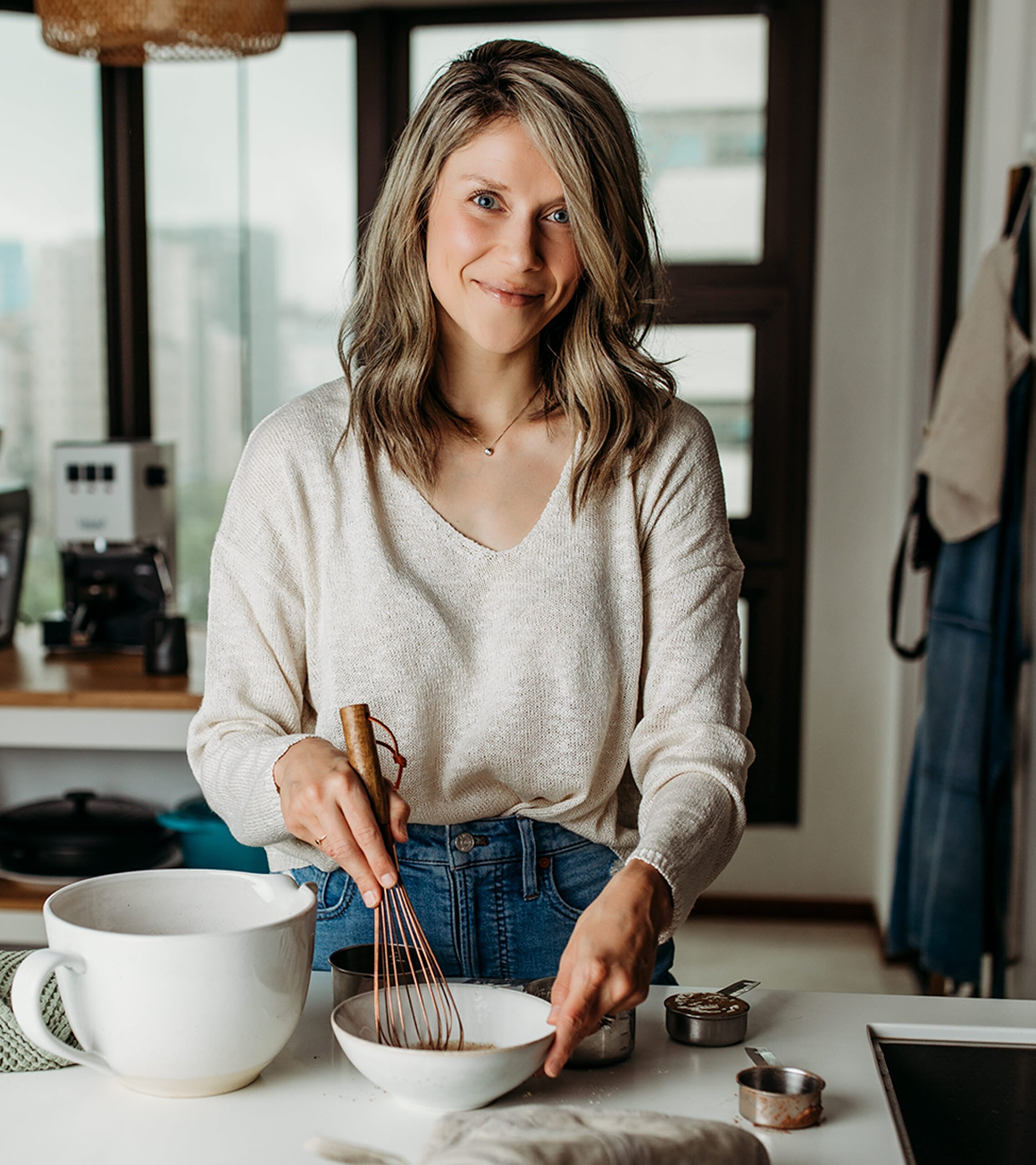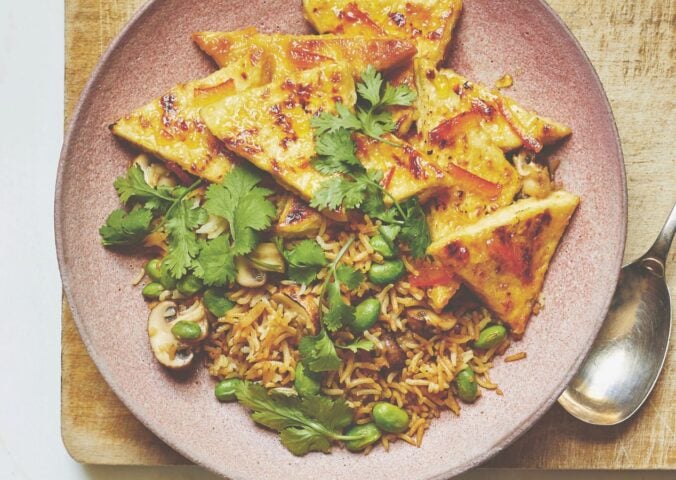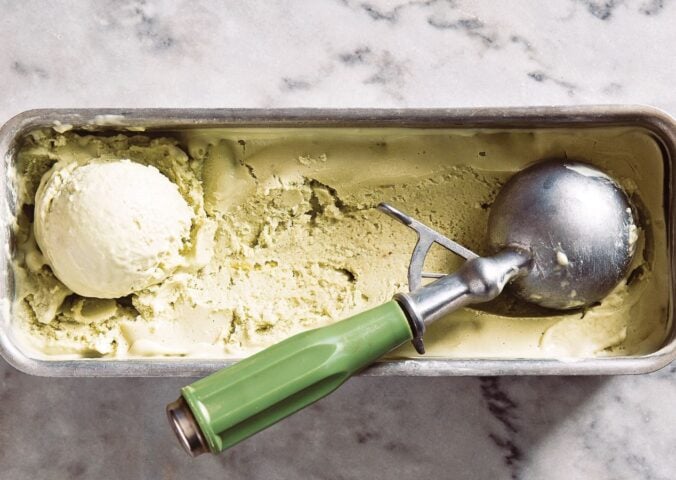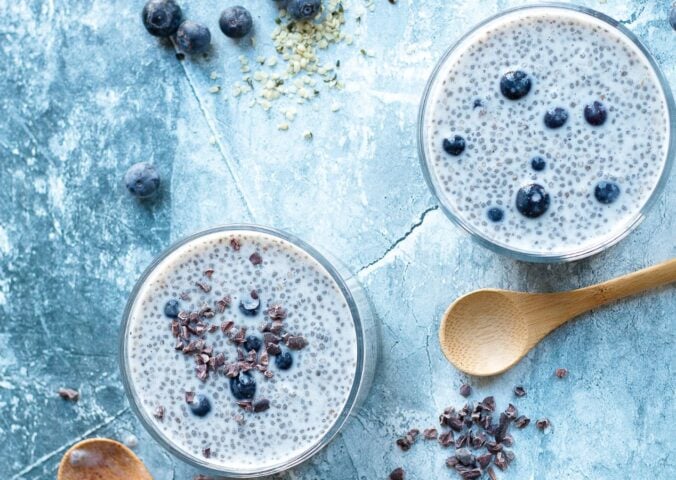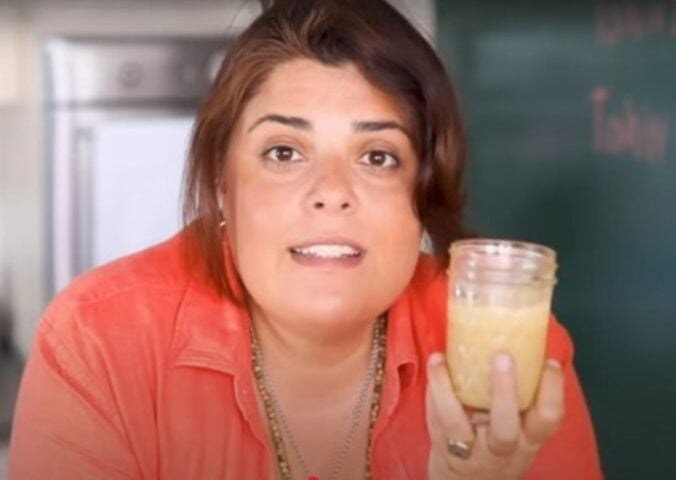This easy one-pot butternut squash dhal (also spelled “dahl” or “dal”) makes the perfect dish for the winter season. With a mix of red lentils, butternut squash, cashew milk, and spices, it is both delicious and comforting.
It is a low-cost dish that is easy to make. If you are a fan of batch cooking then you will be happy to know that this dish is easy to multiply and freeze.
What does dhal consist of?
Dhall is typically made from lentils, a natural source of protein, which are cooked alongside onions, tomatoes, and garlic, as well as various spices like turmeric, cumin, coriander, and garam masala.
It is not uncommon to see dhalls cooked with vegetables inside, such as spinach or potato. In this recipe, we will be using nutritious butternut squash and kale.
Why use butternut squash?
Butternut squash adds a natural sweetness and depth of flavor to the dish, balancing out the spices and savory elements. The squash also adds to the creamy texture of the dhall when it cooks down, enhancing the overall consistency of the dhal.
Nutritionally, butternut squash is rich in vitamins, particularly vitamin A, and provides a good dose of fiber. Its inclusion in this vegan dhal recipe not only adds to the taste but also boosts the nutritional value of the dish.
Discover more delicious butternut squash recipes:
- Creamy Curry Butternut Squash Soup
- Butternut Squash Mac ‘n’ Cheese
- This Easy, Creamy Butternut Squash Lasagne Is A Perfect Weeknight Recipe
Cashew milk versus coconut milk
It is quite common for dhal recipes to use coconut milk. It adds a creamy texture and subtle sweetness to the dish, but its higher fat content can be offputting. This butternut squash dhal recipe uses homemade cashew milk instead.
Cashew milk has a creamy consistency not too dissimilar to coconut milk but it generally contains less fat. Although it does have a slightly different taste profile which we are certain you will enjoy in this recipe.
What do you eat with dhal?
Dhal is commonly eaten with a side of rice or flatbread. These serve as a neutral base to enjoy the spiced dhal. In many cultures, cutlery is not used to eat the dish. Instead, rice or flatbread is used to scoop up the dhal. So, if you are feeling adventurous, we recommend giving it a go!
If you want to add a little more flavor to your meal, then you can serve the butternut squash dhal with a lime pickle or mango chutney on the side. And if your dhal is quite spicy then you may want to serve it with plain coconut yogurt or raita. This will help to balance out the spices in the dish.
Butternut squash dhal substitutions
The great thing about dhal is how versatile it is. If you don’t have all of the necessary ingredients to make it, then there are plenty of suitable substitutions. Here are some key swaps you can make with this butternut squash dhal recipe:
- Butternut squash: Swap the butternut squash for any other squash or sweet potato
- Nut-free: Instead of using freshly blended cashews you can use tinned coconut milk to add a creaminess to the dhal
- Lentils: You can swap the red lentils with another type of lentil, just be wary of the different cooking times required for each lentil
- Spice: If you prefer your dhal a little spicier then you can add chili flakes to taste or add in a fresh chili when you are frying the onion
Dhal troubleshooting
Dhal is a really simple dish to make but that doesn’t mean things can’t go wrong! Use these tips and tricks to create the best-tasting butternut squash dhal.
How do you get the bitter taste out of dhal?
To get rid of the bitter taste of dhal, you can try adding a pinch of sugar or jaggery. If you haven’t started cooking yet, make sure to soak/wash the dhal to remove any impurities that can cause bitterness.
Why does my dhal taste bland?
The most common reason is that you need to add more salt. Adding salt can enhance the flavors of the other ingredients in the dish.
Why is my dhal watery?
If your dhal is watery, it could be because you added too much water while cooking it. If you’ve already added too much water, you can try simmering it on low heat for longer to allow the excess water to evaporate.
How do you thicken dhal?
Try adding a tablespoon of besan (chickpea flour) or rice flour to thicken the dhal. Add the flour gradually and stir the dhal continuously to avoid lumps.
Butternut squash dhal recipe
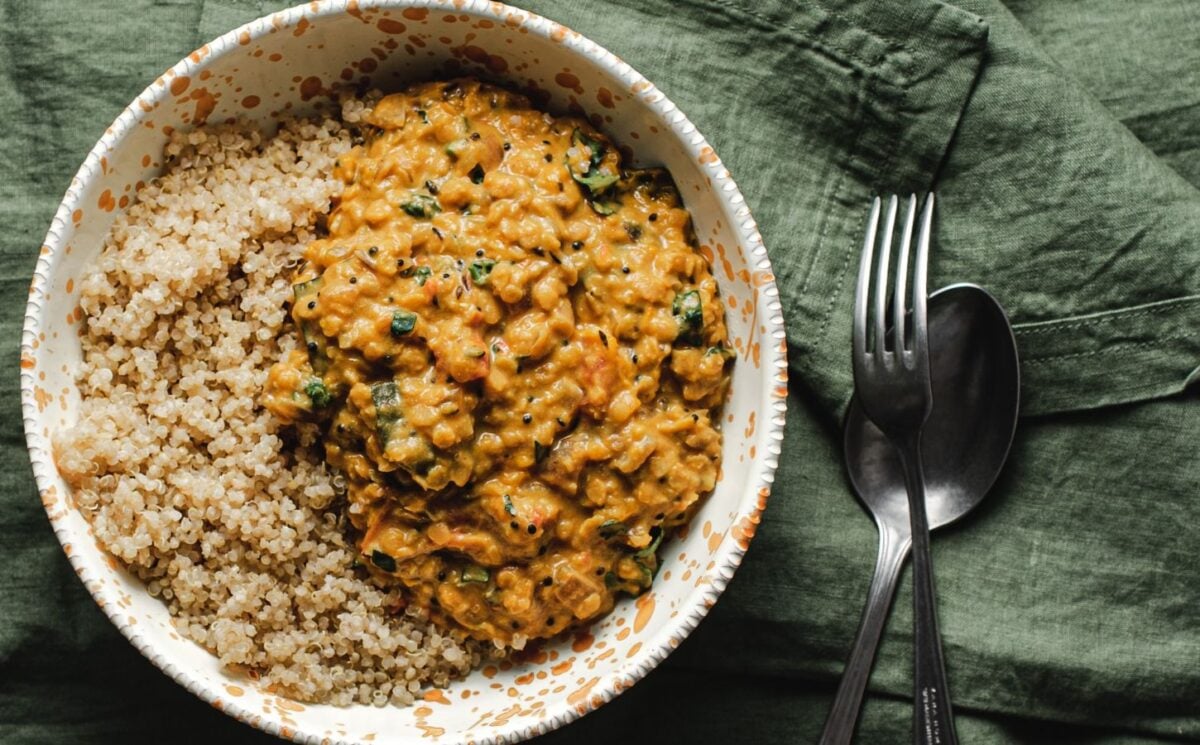
Ingredients
- 1 tbsp (11 g) whole black mustard seeds
- 1 tbsp (6 g) whole cumin seeds
- 1 red onion diced
- ½ tsp sea salt
- 3 cloves garlic minced
- 1 tsp ground coriander
- 1 tsp ground turmeric
- ¼ tsp red pepper flakes or to your preference
- ⅛ tsp ground cardamom
- Several grinds of black pepper
- 3 cups (400 g) butternut squash peeled, seeded, cut into 1˝ (2.5-cm) chunks
- 1 cup (190 g) dried split red lentils
- 1 (15-oz [425-g]) can of diced tomatoes
- cups (830 ml) low-sodium vegetable stock divided
- ½ cup (70 g) raw cashews soaked in hot water for 1 to 3 hours
- 1 cup (67 g) finely chopped kale (optional)
- Juice of ½ lime
For serving (optional)
- Cooked brown rice
- Quinoa or millet
Instructions
- In a heavy-bottomed soup pot, toast the mustard seeds and cumin over low to medium heat for 2 minutes, or until fragrant and they start to pop.
- Add the onion, salt, and ¼ cup (60 ml) of water (it will sizzle and spit), and sauté for 7 to 10 minutes, or until the onion is translucent. Add more water, as needed, to prevent burning.
- Add the garlic, coriander, turmeric, red pepper flakes, cardamom, and black pepper, and cook for another 30 seconds. Add the squash and stir to coat in the spices.
- Now, pour in the red lentils, diced tomatoes, and 2½ cups (590 ml) of the vegetable stock. Bring to a boil. Once boiling, turn the heat to low, partially cover, and simmer over low to medium heat for 25 minutes, or until the squash is falling apart and the lentils are very tender, even disintegrating into the broth.
- Meanwhile, pour the remaining cup (240 ml) of vegetable stock into a blender. Drain the cashews, discarding the soaking liquid, add to the blender, and blend until completely smooth.
- Once the lentils and squash are cooked, remove the cover and pour in the veggie cashew milk. Add the kale (if using). Simmer over low heat for another 2 to 3 minutes, or until thickened and the kale is bright green. Add the lime juice, then taste and reseason with salt and pepper, as needed.
- Spoon into bowls and serve on its own or with just-cooked whole grains.
This recipe was republished with permission from Ashley Madden (owner of Rise Shine Cook). The recipe features in her vegan cookbook, Plant-Based Delicious. You can follow Ashley on Instagram here.
More like this:

